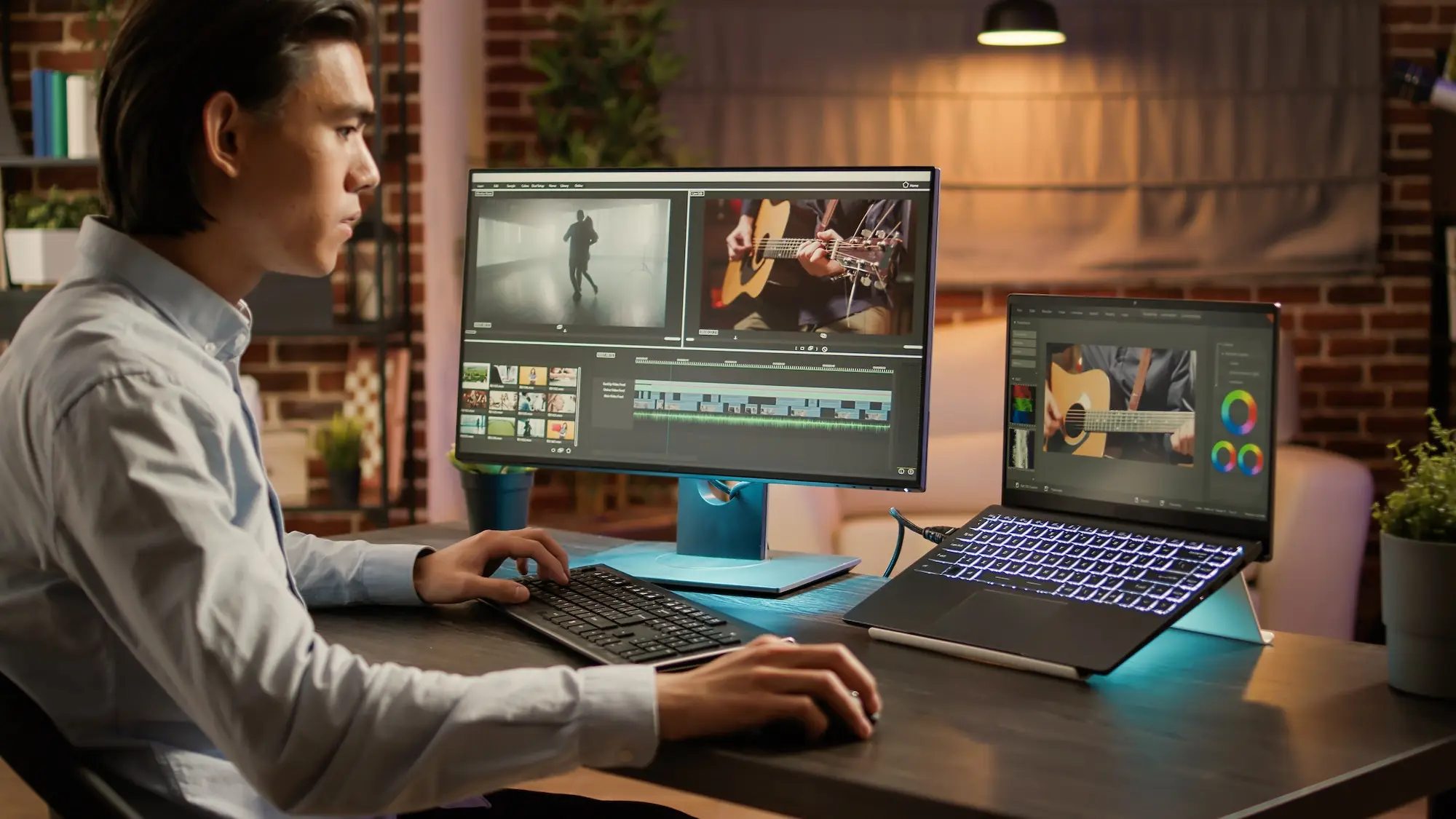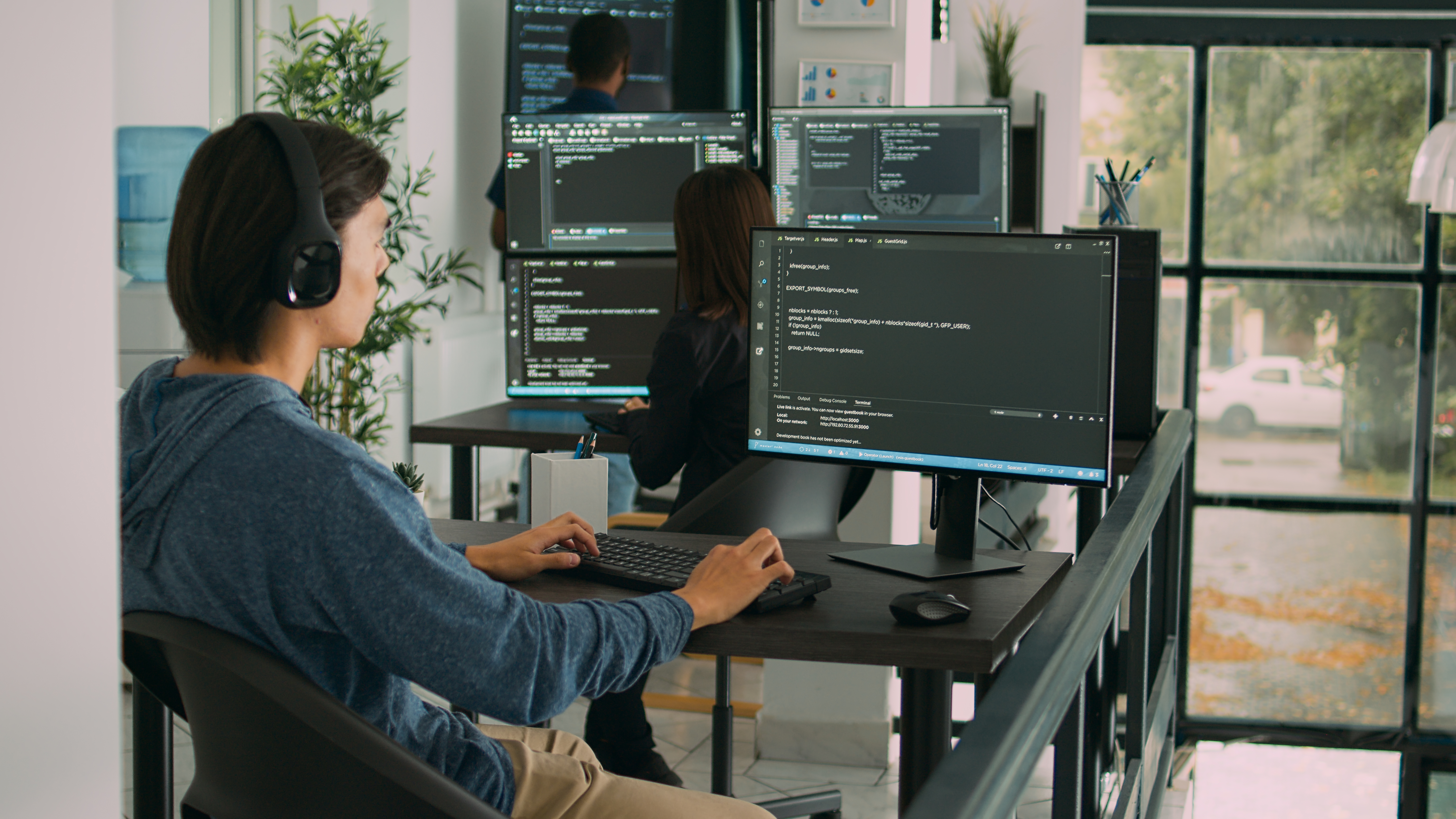
Modern software design is a process that involves creating and developing new software applications that meet the needs of users and businesses. The process of software design is similar to the process of industrial design, in which industrial designers create and develop products that meet the needs of consumers. Both software design and industrial design involve the use of various tools, techniques, and methodologies to create functional and aesthetically pleasing products.
One similarity between software design and industrial design is the use of user-centered design. User-centered design is a design approach that focuses on the needs, wants, and limitations of the users of a product. In software design, user-centered design is used to create software that is easy to use and meets the needs of the users, similar to industrial design where user-centered design is used to create products that are easy to use and meet the needs of the consumers.
Prototyping is another similarity between software design and industrial design. Prototyping is the process of creating a preliminary version of a product to test and evaluate its design. In software design, prototyping is used to test and evaluate the functionality and usability of a software application and can have many different versions. In industrial design, prototyping is used to test and evaluate the functionality and aesthetics of a product. This often requires creating the product out of similar material and having different people test the physical product.
Prototyping leads to the use of iterative design processes in both software design and industrial design. Iterative design is a design process in which a product is developed through multiple iterations, each of which builds upon the previous one. This process allows for the identification and resolution of any issues that arise during the design process. In software design, iterative design is used to ensure that the software application meets the needs of the users and is free of any bugs or errors. In industrial design, iterative design is used to ensure that the product meets the needs of the consumers and is free of any defects or issues.
Additionally, both require the use of visual design principles. Visual design principles are guidelines that are used to create visually pleasing and effective designs. In both software design and industrial design, visual design principles are used to create products that are easy to use and understand. Both software design and industrial design use intuitive design and the aim is for users to understand how to use the product without much effort. In software design, this can be used to encourage users to click on a certain button, which may lead to a user using the application correctly, making it a profitable product. In industrial design this is used to ensure the user uses the product correctly and does not get frustrated due to not understanding how to use it, causing them to rather buy/use a different product and resulting in the product not being profitable. Both these can be related to the other in the way that software can also become frustrating to a user if it’s not easy to use and industrial design products can encourage users to buy their product by having certain elements that would attract their users.
Another similarity between software design and industrial design is the use of testing and evaluation. Testing and evaluation are critical components of both software design and industrial design. In software design, testing and evaluation are used to ensure that the software application is free of bugs and errors and that it meets the needs of the users. This includes unit testing, integration testing, and user acceptance testing. In industrial design, testing and evaluation are used to ensure that the product is free of defects and issues and that it meets the needs of the consumers. This includes testing for durability, reliability, and safety.
Design patterns are used in both Software design and industrial design. Design patterns are reusable solutions to common design problems. In software design, design patterns are used to solve common problems that arise when creating software applications. This includes patterns such as the Model-View-Controller pattern and the Singleton pattern. In industrial design, design patterns are used to solve common problems that arise when creating products. This includes patterns such as the ergonomic pattern and the modular design pattern.
Another similarity between software design and industrial design is the use of design thinking. Design thinking is a problem-solving approach that involves understanding the needs of the users, prototyping and testing solutions, and iterating until a desirable outcome is reached. In software design, design thinking is used to understand the needs of the users and create software that addresses those needs. In industrial design, design thinking is used to understand the needs of the consumers and create products that address those needs.
Both software design and industrial design also have a focus on sustainability. Sustainability is the practice of creating products that are environmentally friendly and have a minimal impact on the environment. Both will create products that can be easily reused or recycled just in different ways. Energy-efficient is also something both focus on but in different ways, software design will use energy-efficient algorithms for example a black background uses less energy than a white background. In industrial design, it’s the same for example energy-efficient appliances and insulating those products correctly.
Software design and industrial design require the use of collaboration and communication. In software design, collaboration and communication are essential to ensure that the software is developed to meet the needs of the users. This includes working with developers, designers, and other stakeholders to ensure that the software meets the requirements of the project. In industrial design, collaboration and communication are essential to ensure that the product is developed to meet the needs of the consumers. This includes working with engineers, manufacturers, and other stakeholders to ensure that the product meets the requirements of the project.
Design management is a similarity that does not get applied differently like the others. Design management is the process of managing the design process of a product or application. This includes managing the schedule, budget, and resources of the project.
Focusing on innovation is a significant similarity between software design and industrial design and one both software designers and industrial designers take very seriously. Innovation is the practice of creating new and unique products. In an ideal world software designs and industrial designers would both only be creating new and unique products that solve problems in new ways, but realistically they also need to maintain and improve on existing products.
Both software design and industrial design require the use of multiple disciplines. In software design, multiple disciplines such as computer science, engineering, and psychology are used to create software applications. In industrial design, multiple disciplines such as engineering, materials science, and psychology are used to create products. But both are constantly evolving. In software design, new technologies and programming languages are continually being developed, which requires software designers to stay up to date with the latest trends and technologies. In industrial design, new materials, technologies, and manufacturing processes are constantly being developed, which requires industrial designers to stay up to date with the latest trends and technologies.
In conclusion, modern software design and real-world industrial design have a lot of similarities. Both are focused on creating functional and aesthetically pleasing products that meet the needs of users and consumers. They use similar tools, techniques, and methodologies such as user-centered design, prototyping, iterative design process, and visual design principles and require the use of multiple disciplines. Understanding these similarities can help software designers and industrial designers work together to create better products for users and consumers.

